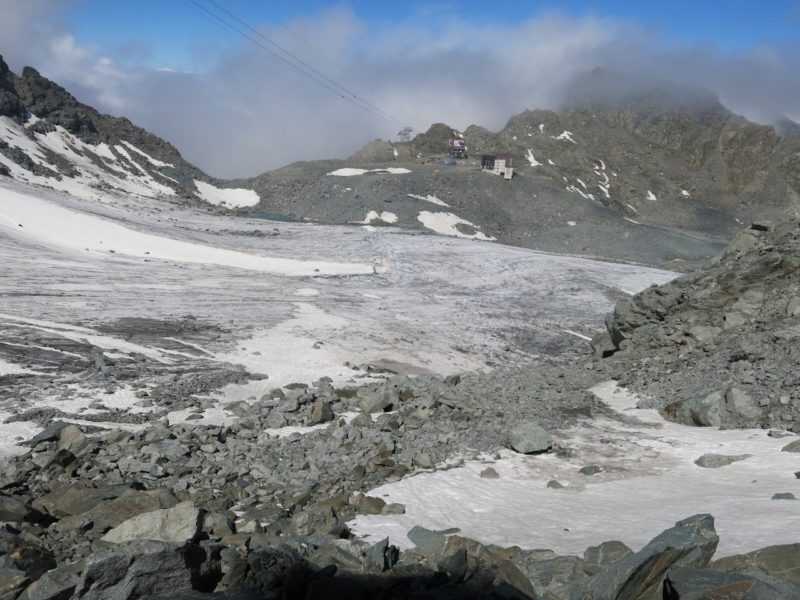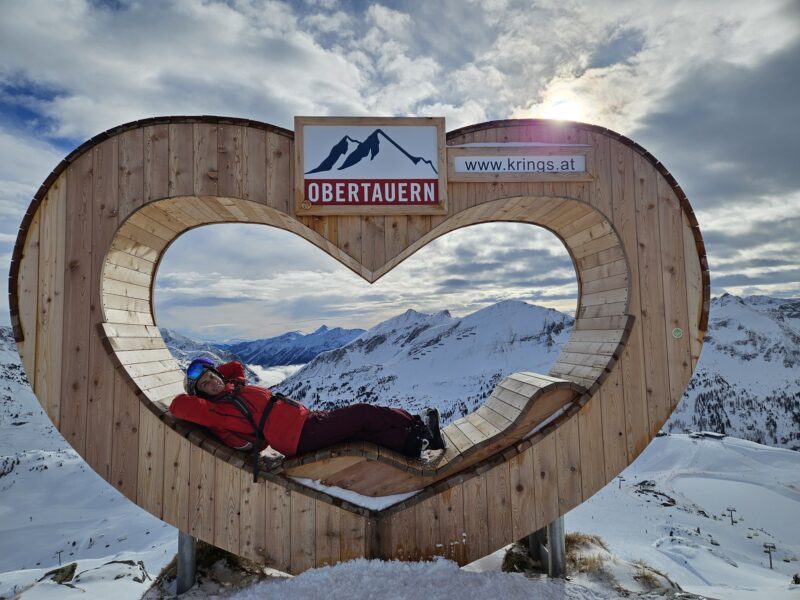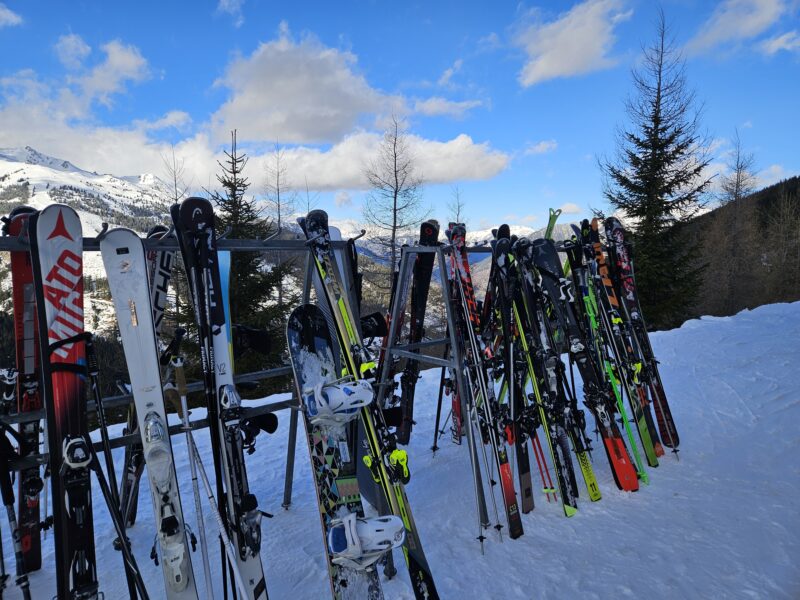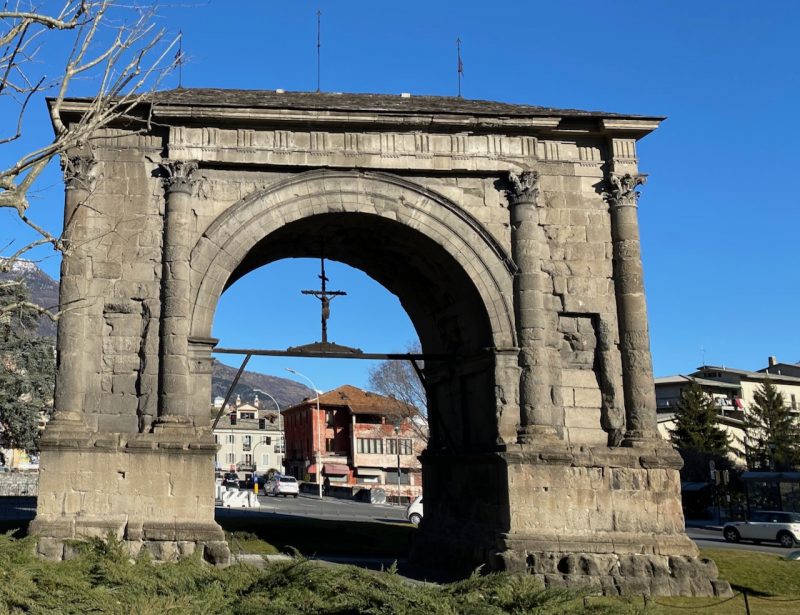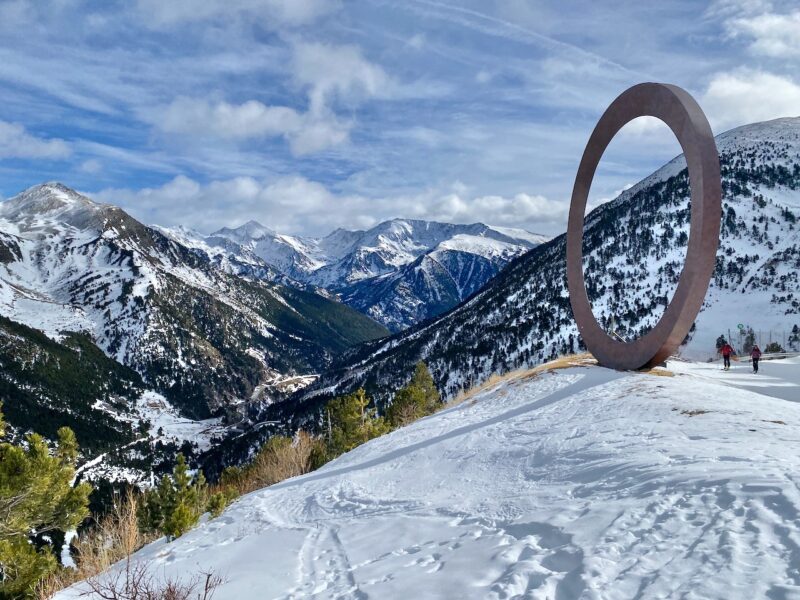The Alps Are Turning Greener But Native Plants Under Threat
3rd June 2022
Last modified on June 6th, 2022
A new report says the melting ice, diminishing snowpack & rising temperatures means non-native plant species are growing in the Alps. It is a further sign of increasing climate change.
Satellite data from 1984 to 2021 shows that more than 75% of the Alps has experienced ‘greening’.
Native Alpine plants have suffered while new species have thrived putting the existing plants and vegetation under threat.
It is claimed that as the ‘greening’ increases in the Alps, the habitats for many Alpine plant species will disappear entirely.
The mountains are home to some very specialised plant species.
Some only grow in snow areas and others live in cracks of rocks or on exposed and windblown ridges.
When environmental conditions change then some of these habitats disappear.
Other habitats are colonised by fast-growing better competitors and turn unsuitable for these specialists.
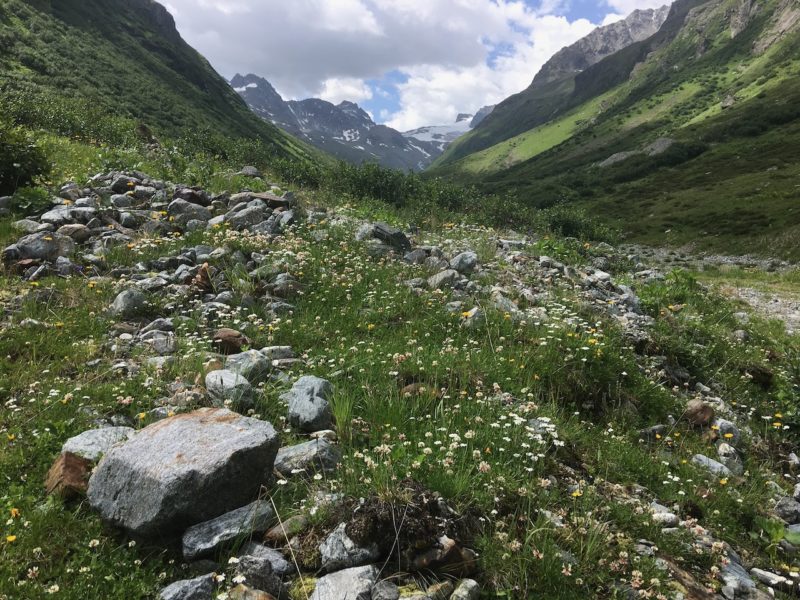
Alpine plants. Image © PlanetSKI
“If you think about a garden, there are always unwanted weeds that spread everywhere because they can utilise resources, like nutrients, very well,” said the lead author of the study, Dr Sabine Rumpf.
Dr Rumpf is a professor at the University of Basel in Switzerland.
“They typically grow fast and produce many offspring, while other plant species are simply outgrown by them because they can’t exploit the resources as fast as the weeds do.
“This is similar to what’s happening in mountain environments. High alpine species invest their resources in ‘body armour’ to persist in the long-term – most of them are very long-lived but don’t reproduce very often successfully.”
Follow the link for further details in the report that is published in the journal, Science.
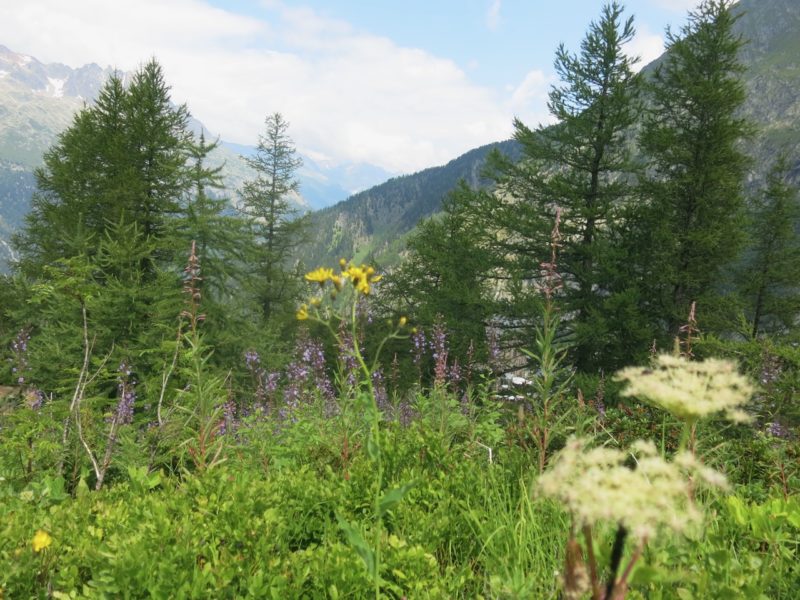
Alpine plants. Image © PlanetSKI
The spread of the new species can accelerate climate change.
The new plants will take a small amount of carbon out of the atmosphere but the greening has a much bigger negative effect on climate change.
It means less of the Sun’s light will be reflected away from the Earth meaning the planet will get warmer.
Mountain areas are hot spots for biodiversity, but they are warming about twice as fast as the global average.
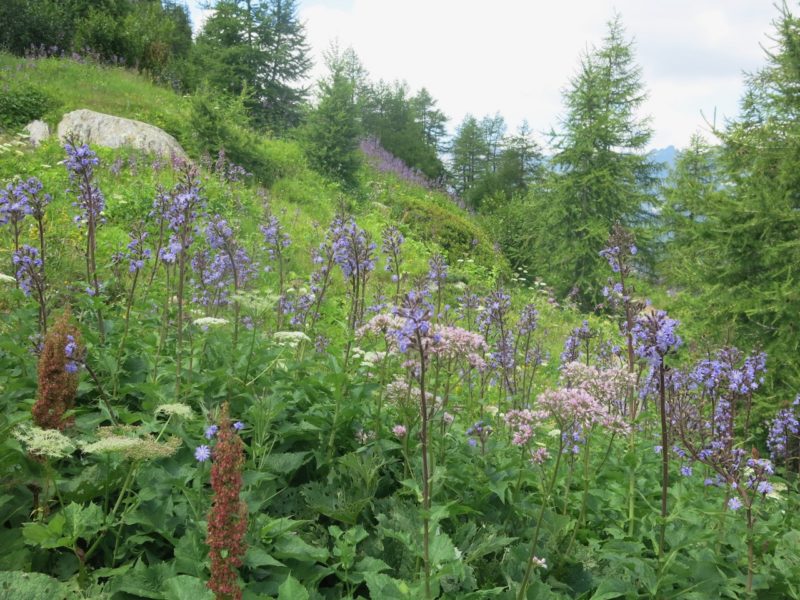
Alpine plants. Image © PlanetSKI
Related Articles
Austrian glaciers likely to melt by end of the century
Skiing, snowboarding and sustainability
North American ski industry leaders join together to fight climate change
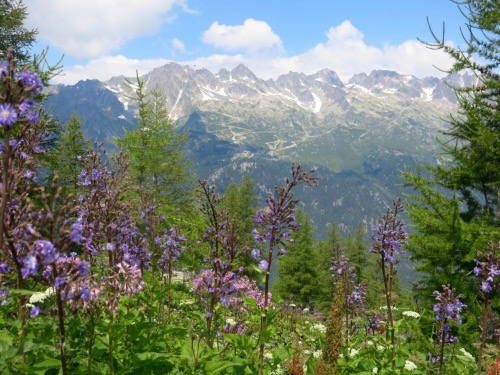
Alpine plants. Image © PlanetSKI
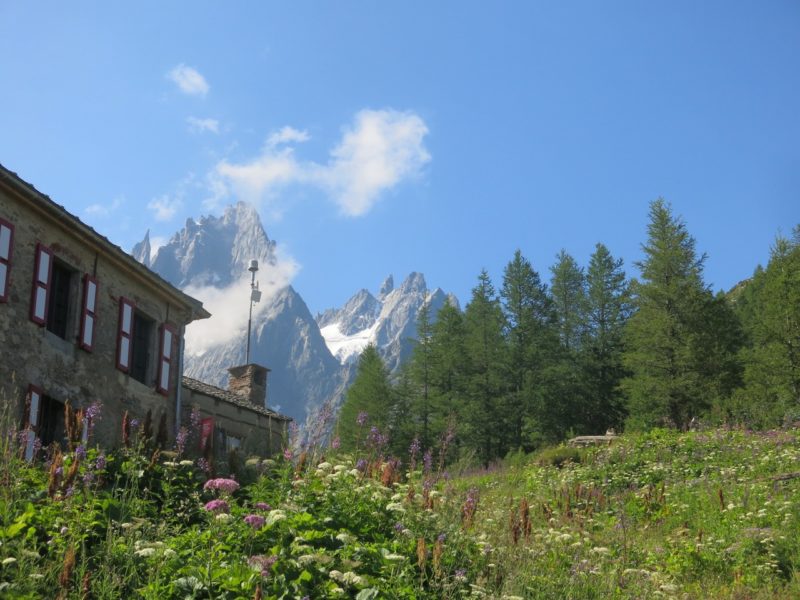
Alpine plants. Image © PlanetSKI

Image c/o PlanetSKI

